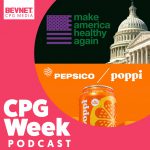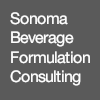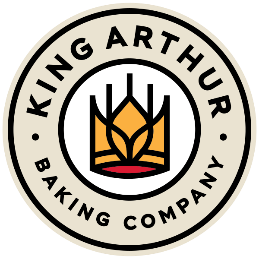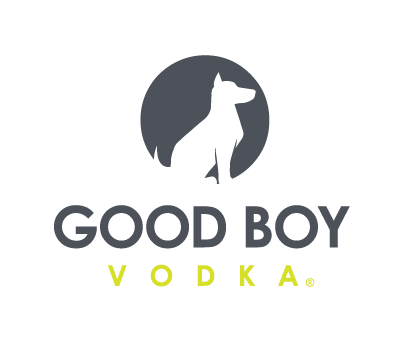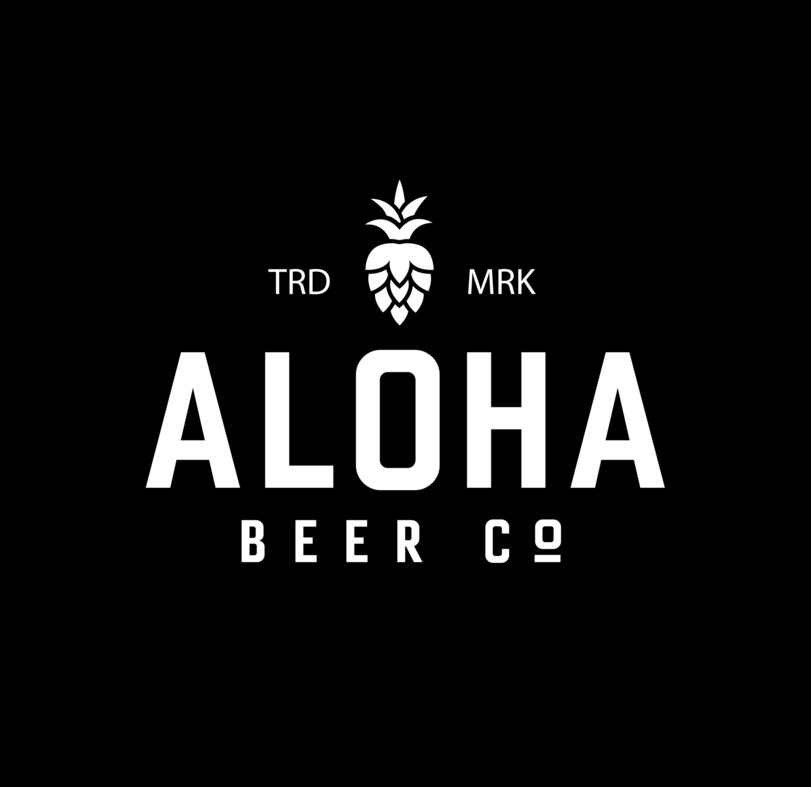The Hershey Company: Net Sales Up Double-Digits for 2021 Despite Supply Hurdles

The Hershey Company saw net sales rise 10.1% to over $8.9 billion in 2021, according to the company’s Q4 and full year earnings results released yesterday.
Organic, constant currency net sales for the Pennsylvania-based confectionery giant rose 8.7% in the full year and reported net income was up 16.4% to $1.4 billion. Adjusted earnings per share-diluted were up 14.3% to $7.19.
As well, the net impact of acquisitions and divestments – which included the purchases of Pretzel’s Inc., Dot’s Pretzels LLC, Lily’s Sweets and the divestitures of KRAVE Pure Foods and the Scharffen Berger and Dagoba brands – on net sales was a 1 point benefit, while foreign currency exchange was a 0.4-point benefit.
For Q4, the company reported a 6.4% rise in net sales to $2.3 billion with an organic, constant currency net sales increase of 4%. Reported net income of $335.6 million was up 16.5%. Acquisitions had a 2.2 point benefit on net sales and foreign currency exchange was a 0.2 point benefit. Adjusted earnings per share-diluted rose 13.4% to $1.69.
“In 2021, we delivered a record year of production and double-digit sales and earnings growth, with a strong finish and momentum heading into 2022,” said president and CEO Michele Buck in a prepared statement. “While the environment remains volatile, we are confident in our ability to continue to respond to the changes in the world around us and deliver another year of advantaged performance in 2022. I could not be prouder of the entire Hershey organization for the way they continue to unite to overcome obstacles, show courage and adaptability, and persevere to deliver for consumers, partners, shareholders and each other during unprecedented times.”
The company’s North America Confectionery segment net sales were $1.9 billion in the fourth quarter, up 4.9% year-over-year. However, volume sales faced headwinds from fewer shipping days and price elasticity, with supply chain issues causing growth to lag behind consumer demand. The net impact from the acquisition of Lily’s was a 1.5-point benefit, while foreign currency exchange was a 0.2-point benefit.
U.S. candy, mint and gum retail sales for the 12-week period ending January 2 grew 12%, driven by strong Halloween and holiday season sales. Combined seasonal and core product offerings grew 13.2% in the period.
North America salty snacks segment net sales were $158.7 million in Q4, up 38.9%, driven by the acquisitions of Dot’s and its copacker Pretzels Inc, which were completed in December. In retail, salty snacks, excluding Dot’s, were up 25.3% in the 12-weeks ending January 2, with strong demand for SkinnyPop and Pirate’s Booty fueling growth.
The report also provided The Hershey Company’s updated 2022 full-year financial outlook, with total net sales growth estimated to be between 8-10% and reported earnings per share growth of 7-10%. According to the company, net sales growth is expected to be driven primarily by price increases across all segments, with pricing aiming to partially offset investments in labor and higher logistics and raw material costs. Sales growth and increased media efficiencies are predicted to offset gross margin pressures to drive adjusted EPS growth.
Speaking during a Q&A call with investors and analysts, Buck said marketing spend will continue to play a role in fueling growth throughout 2022, noting that the company will focus on increasing targeted ads and sees digital as “a big investment area.”
“We have always been very solid spenders, and we continue to believe that,” she said. “We have moderated some of that spending as we’ve had supply challenges and constraints to make sure that we keep our very strong returns on that investment, so it’s a balancing act. Some of the investments in media have enabled us to get to efficiency so that we are still delivering a pretty strong number of consumer impressions out there.”
Buck also commented on the ongoing supply chain disruptions that have led to out of stocks around the country. She noted that The Hershey Company’s direct competition is experiencing similar issues, but added that the company has addressed the problem by prioritizing certain SKUs and reducing complexity in seasonal changeovers. As well, the company has made “significant investments” in manufacturing labor and worked to increase its incremental capacity.
“Frankly, last year was a real challenge,” she said. “Our people did real yeoman’s work to just do whatever was needed to produce as much volume as possible, but it really wasn’t sustainable in terms of having a reasonable employee value proposition for those folks. And so we have invested in labor. We won’t get the benefit of that immediately because it takes time to train people, to get them up to speed, to be as efficient as our current workforce, but we do think it’s important and a lot of that really just helps us to manage some of the overtime as well.”


